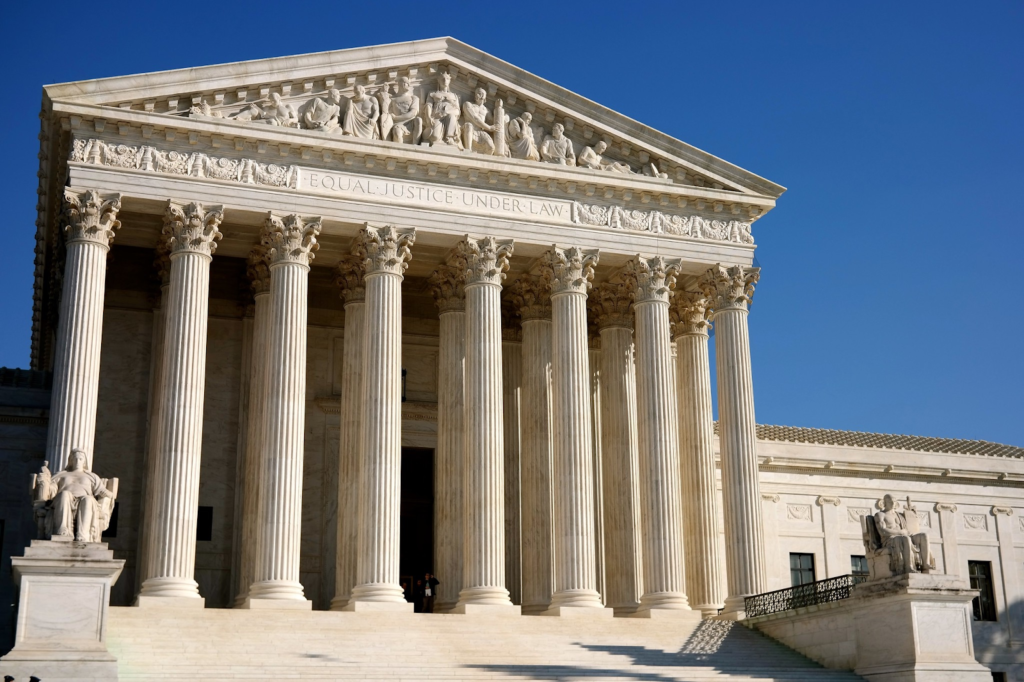In recent times, the Great Western Buildings lawsuit has been a topic of significant interest, raising questions about legal intricacies, environmental considerations, and the implications for the construction industry. This legal battle has sent ripples through the architectural landscape, and in this article, we’ll delve into the details, examining the origins of the dispute and its broader implications.
Origins of the Lawsuit
The roots of the Great Western Buildings lawsuit can be traced back to alleged violations of eco-friendly construction practices. As the demand for sustainable buildings grows, stakeholders are becoming increasingly vigilant about adherence to environmentally responsible standards. The legal dispute revolves around claims that certain structures failed to meet the promised eco-friendly benchmarks, prompting a closer look at the industry’s commitment to green building initiatives.
Examining the Eco-Friendly Claims
One of the central points of contention in the lawsuit is the validity of the eco-friendly claims made by the accused parties. Were these structures truly designed and built with sustainability in mind, or were these assertions merely greenwashing tactics? Environmental experts have been called in to scrutinize the construction methods, materials used, and overall ecological footprint of the Great Western Buildings.
Navigating the Legal Landscape
The legal proceedings surrounding the Great Western Buildings lawsuit are complex, with attorneys on both sides presenting arguments grounded in statutes, regulations, and precedents. As the case progresses, questions arise about the enforceability of eco-friendly promises and the potential impact on the construction industry’s future practices.
Implications for the Construction Industry
Beyond the immediate legal wrangling, the Great Western Buildings lawsuit has broader implications for the construction industry. Developers, architects, and contractors are now reconsidering their approaches to eco-friendly construction, emphasizing the importance of transparency and accountability in delivering sustainable projects. This lawsuit serves as a wake-up call for the industry to reevaluate its commitment to environmentally responsible building practices.
The Human Element
Amidst the legal jargon and technicalities, it’s essential to remember the human element involved in the Great Western Buildings lawsuit. Homeowners, tenants, and communities affected by these alleged violations are seeking not only legal remedies but also answers about the long-term consequences of residing in structures that may not align with the promised environmental standards.

The Verdict’s Ripple Effect
As the legal saga unfolds, industry players are closely watching for the precedent it might set. A verdict favoring the plaintiffs could signal a shift in how the construction industry approaches eco-friendly claims, leading to increased scrutiny and accountability. On the other hand, a ruling in favor of the defendants might raise questions about the enforceability of eco-friendly promises in contractual agreements.
The Alleged Greenwashing Tactics
The heart of the Great Western Buildings lawsuit lies in unraveling whether the eco-friendly claims were genuine or mere greenwashing strategies. Accusations suggest that some structures may have misrepresented their commitment to sustainability, raising concerns about the prevalence of deceptive practices within the construction industry.
Environmental Experts Weigh In
Environmental experts have been pivotal in dissecting the accused buildings’ ecological impact. Their analyses delve into construction materials, energy efficiency, and waste management, aiming to determine the actual environmental footprint. These expert opinions carry significant weight in the courtroom, shaping the narrative around the defendants’ adherence to eco-friendly standards.
Setting a Course for the Future
Examining past legal precedents becomes crucial in understanding the potential outcomes of the Great Western Buildings lawsuit. The decisions made in similar cases can serve as a compass, guiding the court and industry stakeholders in navigating the uncharted waters of eco-friendly construction disputes. The legal landscape, shaped by these precedents, may pave the way for a more defined framework for future cases.
Redefining Commitment to Sustainability
The Great Western Buildings lawsuit prompts the construction industry to engage in introspection. Developers, architects, and builders are now reevaluating their sustainability commitments. This moment of reflection could lead to a paradigm shift, where the industry prioritizes transparency, accountability, and genuine adherence to eco-friendly practices, leaving behind any remnants of greenwashing.
Conclusion
In conclusion, the Great Western Buildings lawsuit transcends a mere legal dispute; it serves as a catalyst for change in the construction industry. The eco-friendly claims under scrutiny challenge stakeholders to reassess their roles in promoting sustainability. As the courtroom drama continues, the outcome remains uncertain, but one thing is clear – the implications of this lawsuit will reverberate through the construction industry, shaping its future practices and commitments to environmental responsibility.

